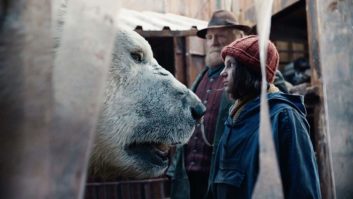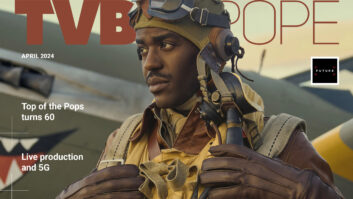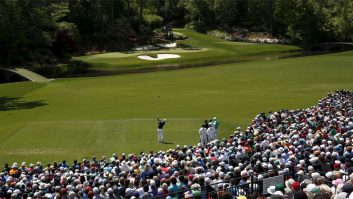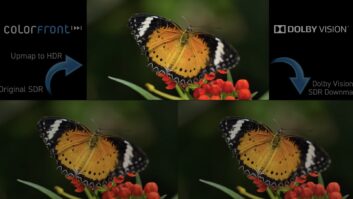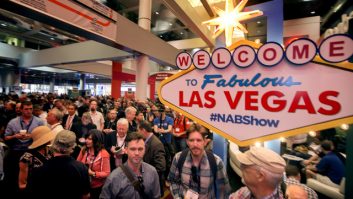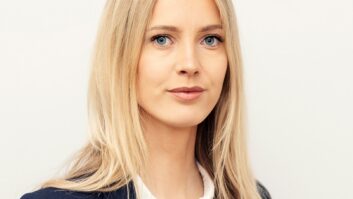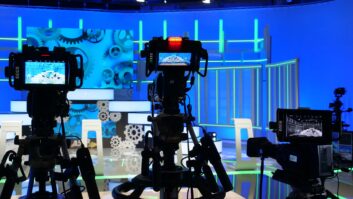As viewers re-enter the world of Philip Pullman in season two of His Dark Materials, VFX house Framestore has returned to create all the visual effects shots in the show – the daemons and creatures, the CG environments, the magical sequences and action setpieces all have the company’s fingerprints on them.
The Framestore team won a BAFTA for their work on season one, and were delighted to continue with season two. In fact, they didn’t get a great deal of time off between series. “Season one rolled straight into season two so continuity-of-predictability was important, and with that in mind the tech we’ve used has been fairly constant,” Rob Harrington, VFX supervisor tells TVBEurope.
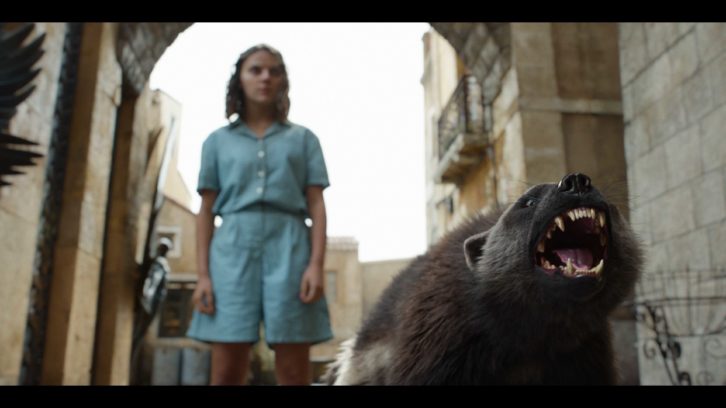
“The notable change was some plates being at higher resolution,” Harrington adds. “It was a result of something that happened further upstream from us, when the show went from being shot mostly with the Alexa LF back on season one, to being shot mostly with the Sony Venice on season two. The Venice had some technically interesting abilities with their metadata (potentially great for VFX!) but equally they were selective with lenses, whereas the Alexa worked across a broader range and so passed useful data back to us more often…which is important as the DoP chooses the lenses based on criteria such as look, not the ability to pass metadata back to the camera.”
Harrington explains that changes in terms of the technology used by the Framestore team were mainly iterative – updates and tweaks to in-house software like Fibre, the groom dynamics solver the R&D team have developed to simulate fur and feathers. “Our animation team also used WeightShift, which is something we’ve been working on as the result of an R&D grant from Innovate UK – it combines ragdoll simulation and keyframe animation, and is designed to speed things up for our animators so they can focus on the nuances of storytelling,” he continues.
Much of the team’s work has been remotely due to the pandemic, with almost every shot being completed at home. “Framestore fully and totally committed to it, with all the artists either on Teradici Zero Clients or using HP’s Remote Graphics Software. The pandemic also changed some story points and therefore our workloads, but as ever you kind adjust for the conditions,” he says.
So, how has Framestore’s work on the daemons progressed since season one? And, how have they created the daemons that have entered the His Dark Materials world for season two? “All the new daemons for season two followed the same methodology and technology as season one, and as such it was all hand-animated work,” explains Harirngton. “As before, where possible we did trips to see the real creatures and capture references under known conditions, as that allows us to make our assets with less of the ‘just how big was that?’ or ‘how bright was that wall behind it?’ questions. That’s not always possible, in which case we resort to the old hive-mind approach of ‘here are some photos, here’s our version, what do we think?'”
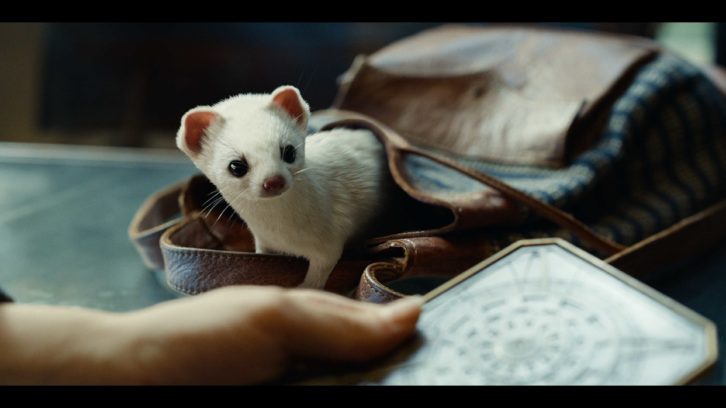
“One thing that’s become clear between seasons is just how intertwined Framestore’s world has become with that of His Dark Materials,” adds overall VFX supervisor, Russell Dodgson. “While some of the team – like Rob or VFX executive producer James Whitlam – have remained constant others have come from different projects, but we’ve nevertheless developed a natural shorthand as a team that ensures both continuity and growth.
“The daemons that have carried over from season one like Pan, Hester or the Golden Monkey feel more ‘lived’, while our animators have also managed to imbue character and nuance into daemons that you only catch a glimpse of, and help tease out a sense of humanity in some very, very inhuman creatures.”
